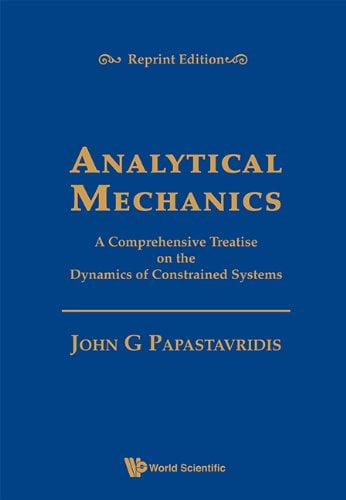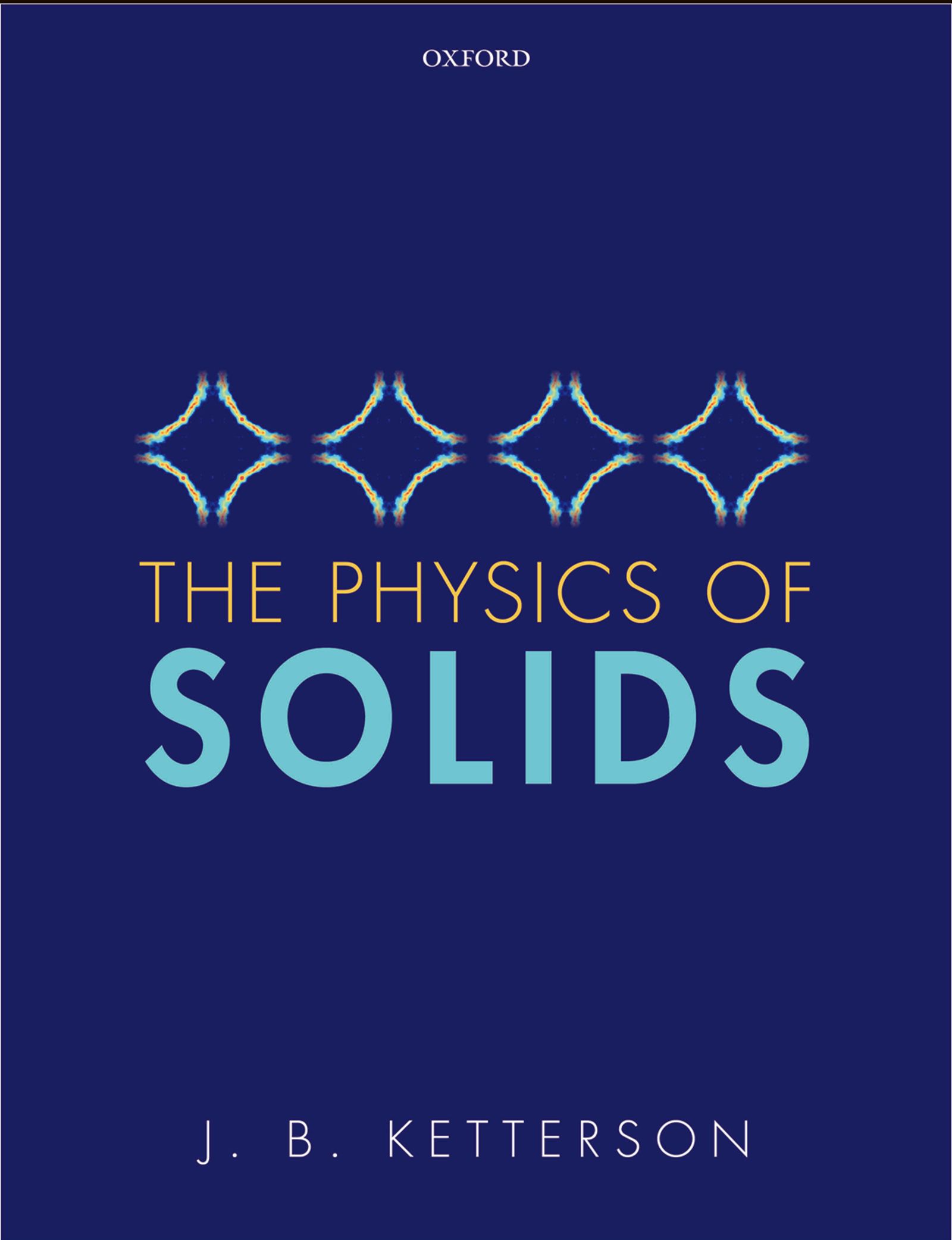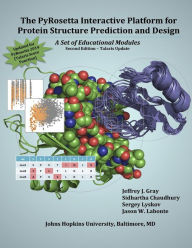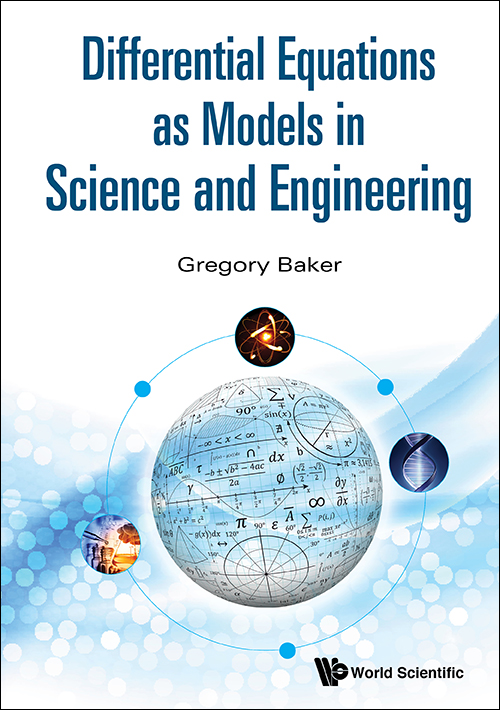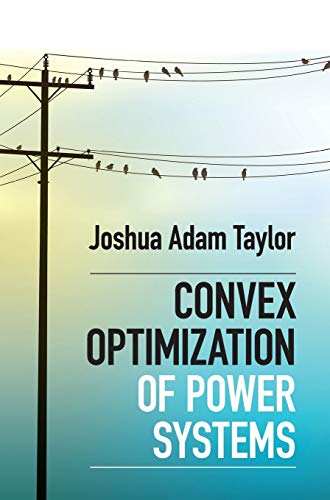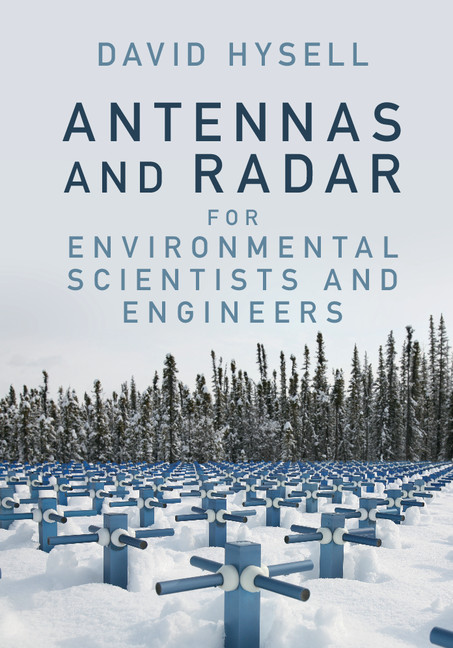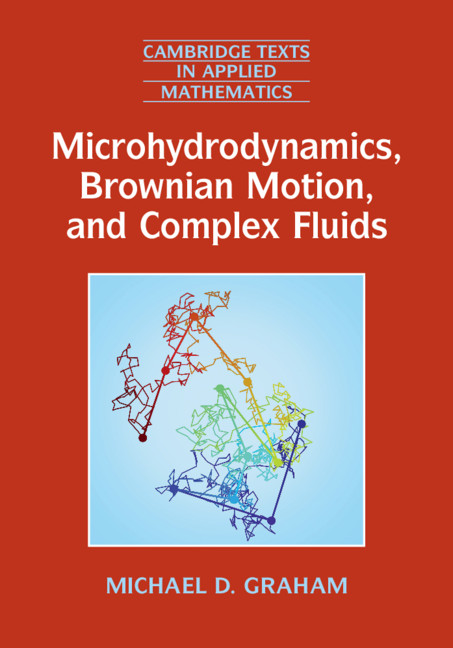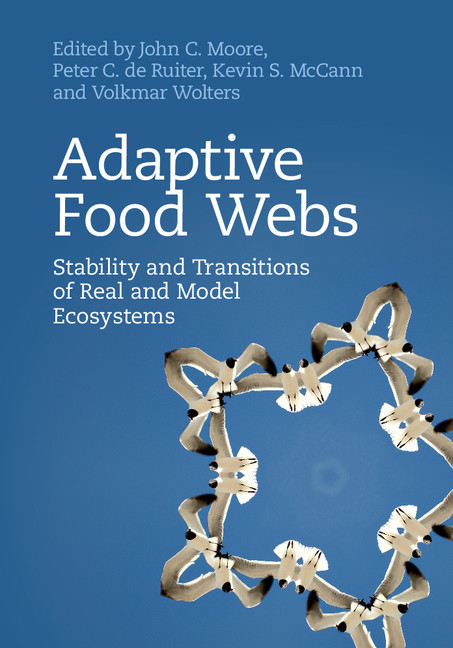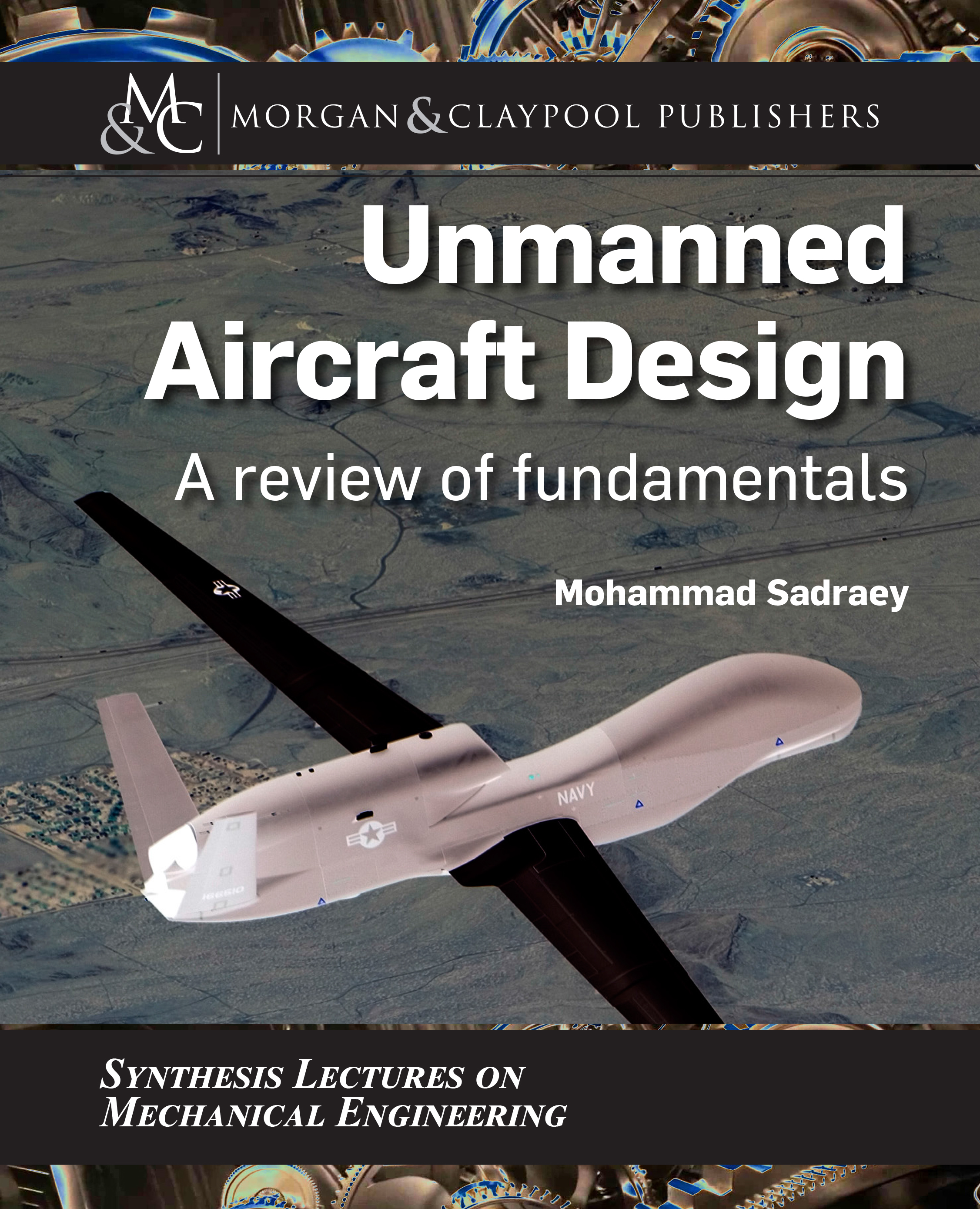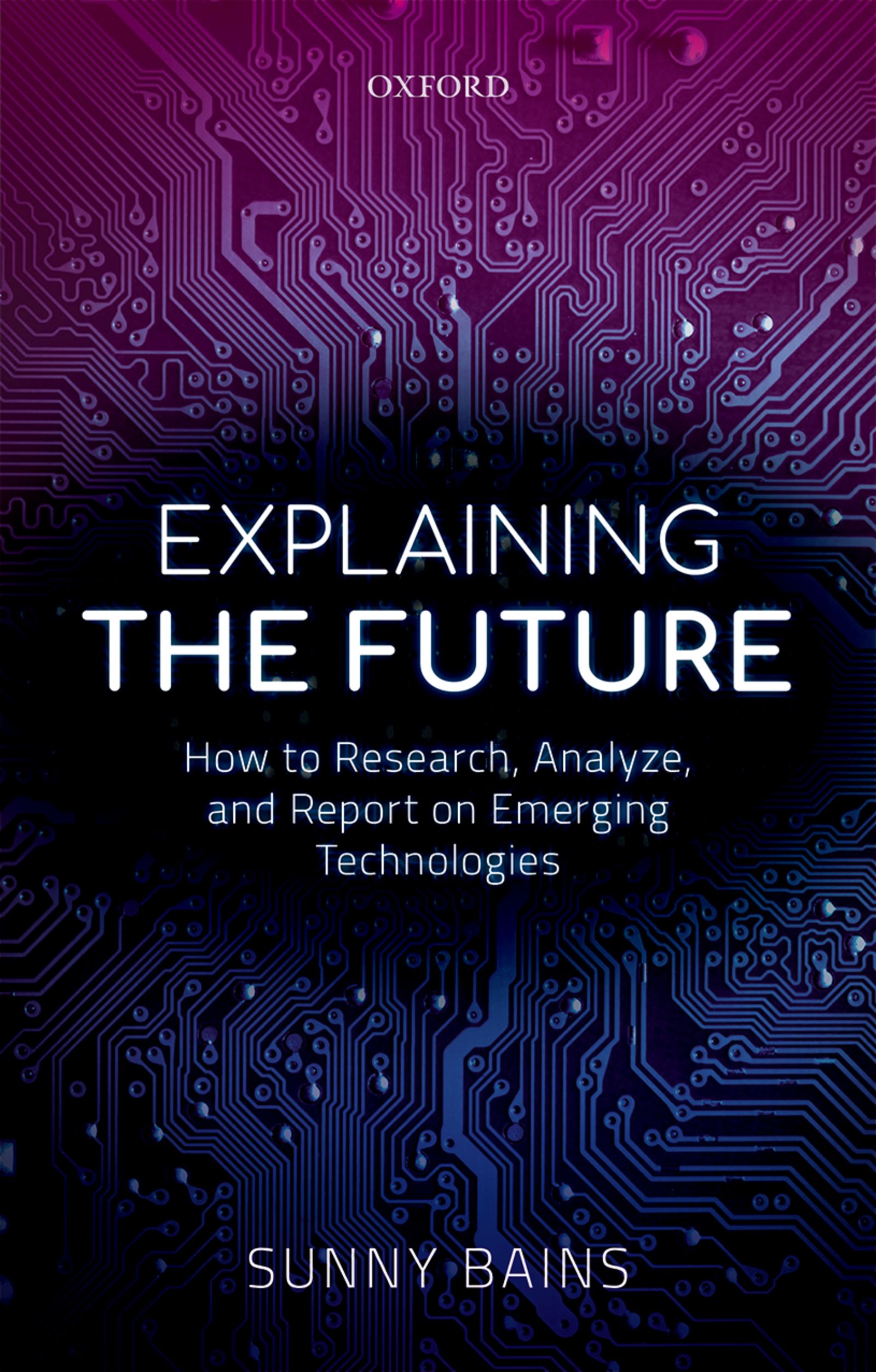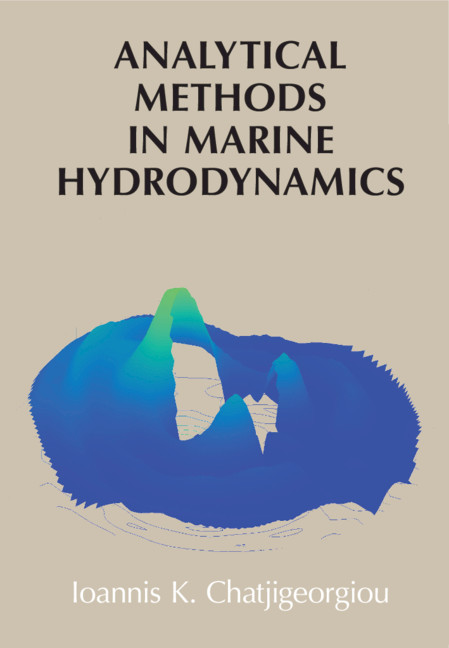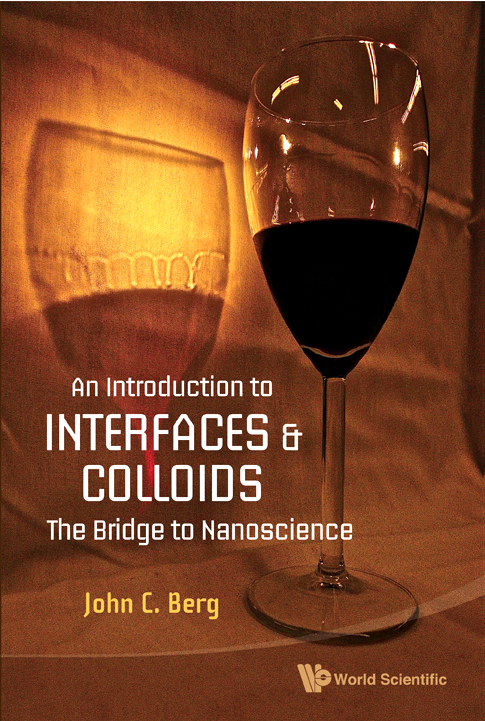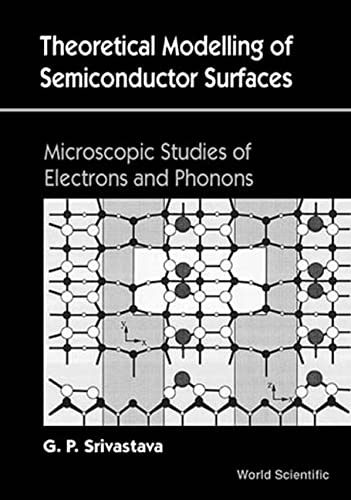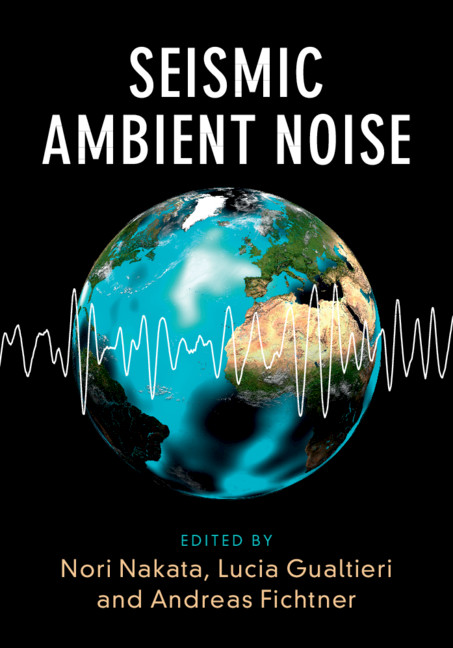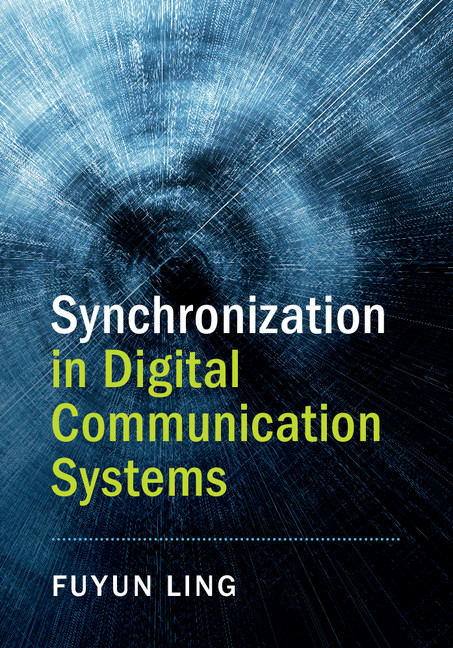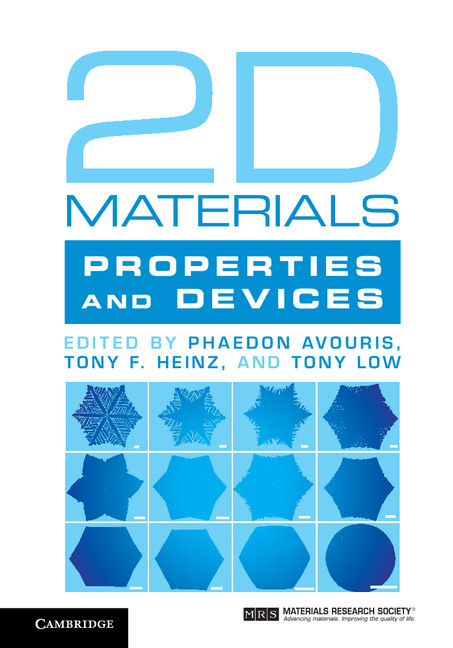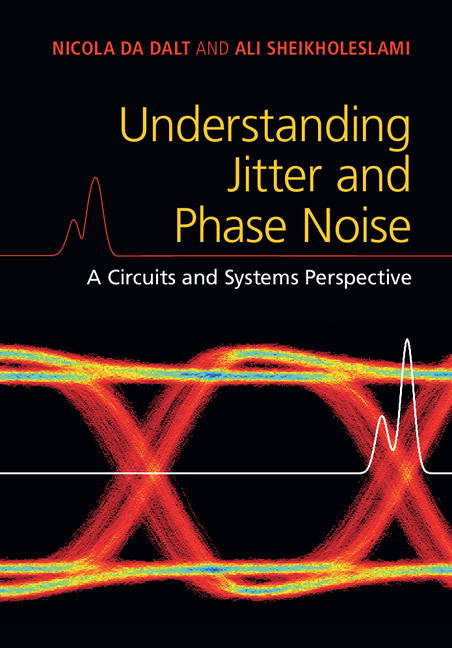Analytical Mechanics
by John G Papastavridis
2020-05-26 07:43:19
This is a comprehensive, state-of-the-art, treatise on the energetic mechanics of Lagrange and Hamilton, that is, classical analytical dynamics, and its principal applications to constrained systems (contact, rolling, and servoconstraints). It is a b...
Read more
This is a comprehensive, state-of-the-art, treatise on the energetic mechanics of Lagrange and Hamilton, that is, classical analytical dynamics, and its principal applications to constrained systems (contact, rolling, and servoconstraints). It is a book on advanced dynamics from a unified viewpoint, namely, the kinetic principle of virtual work, or principle of Lagrange. As such, it continues, renovates, and expands the grand tradition laid by such mechanics masters as Appell, Maggi, Whittaker, Heun, Hamel, Chetaev, Synge, Pars, Luré, Gantmacher, Neimark, and Fufaev. Many completely solved examples complement the theory, along with many problems (all of the latter with their answers and many of them with hints). Although written at an advanced level, the topics covered in this 1400-page volume (the most extensive ever written on analytical mechanics) are eminently readable and inclusive. It is of interest to engineers, physicists, and mathematicians; advanced undergraduate and graduate students and teachers; researchers and professionals; all will find this encyclopedic work an extraordinary asset; for classroom use or self-study. In this edition, corrections (of the original edition, 2002) have been incorporated. Contents: Introduction; Background: Basic Concepts and Equations of Particle and Rigid-Body Mechanics; Kinematics of Constrained Systems; Kinetics of Constrained Systems; Impulsive Motion; Nonlinear Nonholonomic Constraints; Differential Variational Principles, and Associated Generalized Equations of Motion of Nielsen, Tsenov, et al.; Time-Integral Theorems and Variational Principles; Introduction to Hamiltonian/Canonical Methods: Equations of Hamilton and Routh; Canonical Formalism. Readership: Students and researchers in engineering, physics, and applied mathematics.
Less


